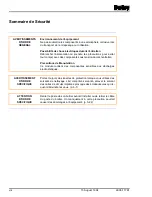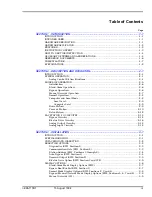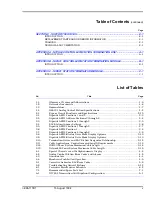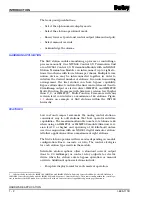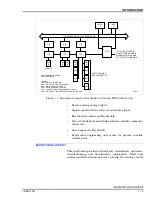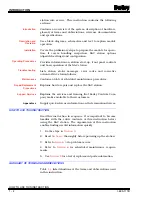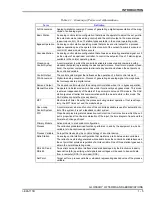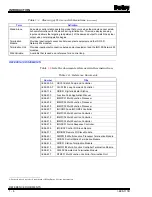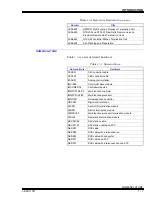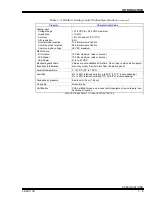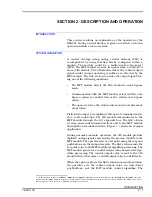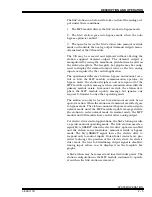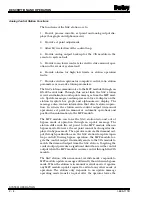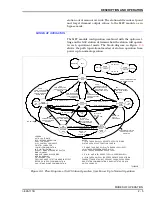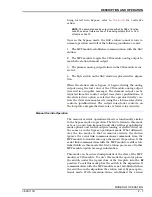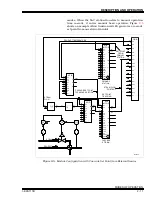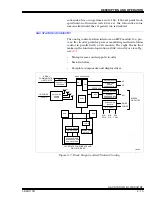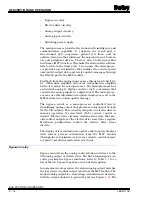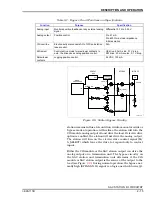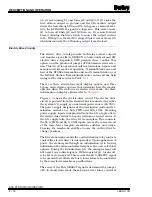
INTRODUCTION
I-E96-117B
2 - 1
SECTION 2 - DESCRIPTION AND OPERATION
INTRODUCTION
This section contains an explanation of the operation of the
IISAC01 Analog Control Station. It gives an overview of station
operation within a control system.
SYSTEM OPERATION
A control strategy using analog control stations (SAC) is
accomplished by using function blocks configured within a
module. The module could be a multi-function processor
1
(MFP). The MFP module receives its inputs from a control I/O
slave (CIS) module. The CIS module drives the control output
signal under normal operating conditions as directed by the
MFP module. The SAC station can drive the output signal dur-
ing one of the following conditions:
•
The MFP module directs the SAC station to enter bypass
mode.
•
Communication with the MFP module is lost and the auto
bypass option is enabled (forces the station into bypass
mode).
•
The operator forces the station into manual override mode
of operation.
Field interfacing is accomplished through a termination device
via a cable connection. The CIS module communicates to the
MFP module through the I/O expander bus. The SAC station
receives and sends information from and to the MFP module
through the termination devices. Figure
shows an example
application.
During normal/automatic operation, the CIS module provides
digitized analog signals representing the process variable to the
MFP module. The operator selects a set point using the set point
pushbuttons on the station faceplate. The SAC station sends the
set point value to the MFP module for algorithm processing. The
MFP module generates a control output value based on its algo-
rithm processing. The control output value is sent to the CIS
module where it becomes a control output value to a field device.
When the operator places the SAC station in manual operation,
the operator sets the control output value via raise/lower
pushbuttons, not the MFP module control algorithm. The
1. .
Other modules include the IMMFC03, IMMFC04 and IMMFC05 Multi-Function Controller Modules, the IMCOM03 and IMCOM04 Controller
Modules and the IMQRC01 Quick Response Controller Module. Their functionality within the control system is similar to the MFP mo dule except
that each module varies in control capabilities (operating specifications).

